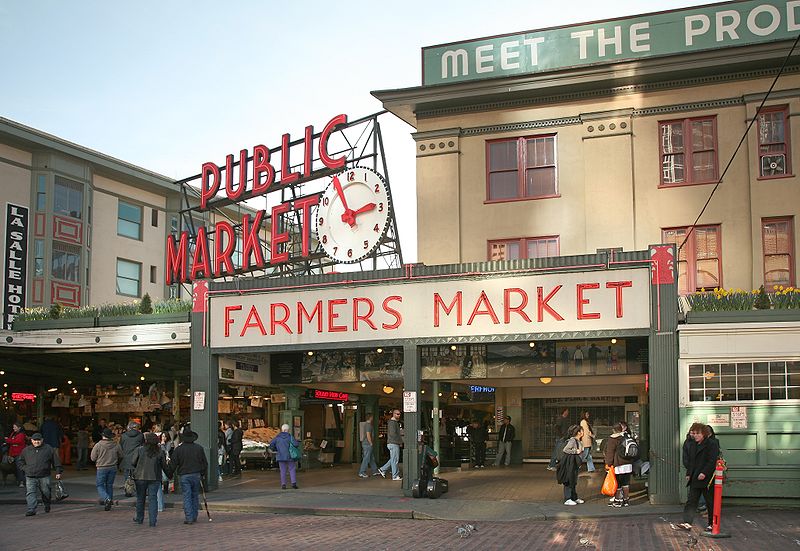
A city is defined by its people, but individual architects inspire changes others can’t see. Ralph Anderson was an architect who saw the value in the historic and the potential of the future. Even if you don’t realize it, if you’re familiar with Seattle, you’re familiar with his work.
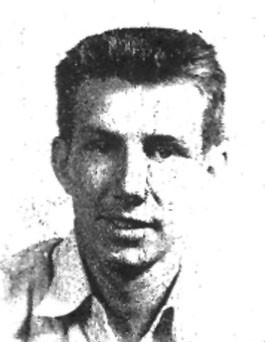
Photo Credit: Docomomo WEWA
His mentor was Paul Hayden Kirk, subject of our recent post, A Definer of PNW Modern Style – Paul Hayden Kirk. Paul’s style influenced many buildings on the UW campus, as well as the campus for the Seattle Center, two iconic regions. Ralph Anderson helped preserve two other historic areas that were being overlooked: Pioneer Square and Pike Place Market. At the same time, he also helped define PNW Modernism.
Imagine the images the media uses to tell their audiences about Seattle. Pioneer Square’s brick buildings with their art studios, restaurants, and clubs draw locals to an area that’s key to Seattle’s culture. It’s one of the oldest parts of Seattle, but the buildings were aging and the neighborhood was being forgotten in the sixties. Soon after leaving the Paul’s tutelage, Anderson began buying buildings in Pioneer Square, like the Union Trust Building. A renovation later, it became the hub for his architectural office. A few years later he showed his commitment to the area by buying another building, the Fischer Studio Building, which he moved into, eventually.
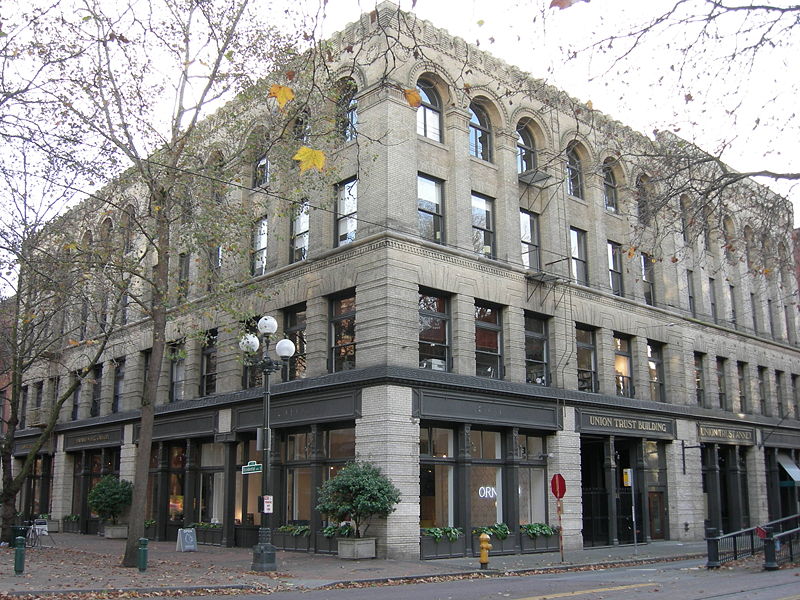
Photo by Joe Mabel, CC BY-SA 3.0
More buildings followed: the aptly named Pioneer Building, the Capital Brewing Company’s building which became the Olympia Brewing Company’s building then the Jackson Building, and the Squire-Latimer Building which became the Grand Central Hotel then the Grand Central Mercantile Building. The series of names is one hint of the nature of the neighborhood, constantly changing and being redefined. Now, the disparate properties are seen as part of a more cohesive identity – at least until the next change.
Seattle had another historic, aging, and threatened property: Pike Place Market. It too had a history of names, including a name which may not make it past a modern marketing department: the Sanitary Market. He wasn’t deterred but such superficial aspects, and saw the value beneath. Thanks to Anderson and others, the Market was saved, preserved, and redefined to become a necessary stop for tourists wanting to watch salmon fly, as well as a real farmers market for Seattle-ites purposely visiting for fresh groceries.
Ralph Anderson’s more recognizable modern projects include some overlap at University of Washington, like the UW Fisheries complex of buildings on campus and beside Friday Harbor. But he also earned the opportunity to explore his style of Modernism with several homes on Mercer Island and the Eastside, regions that grew in wealth and innovation at the time. Especially on the Eastside, neighborhoods were blank canvases where he could influence their character and style. Still, there are many homes in the Seattle area that have Anderson to thank for their stunning designs, as well.
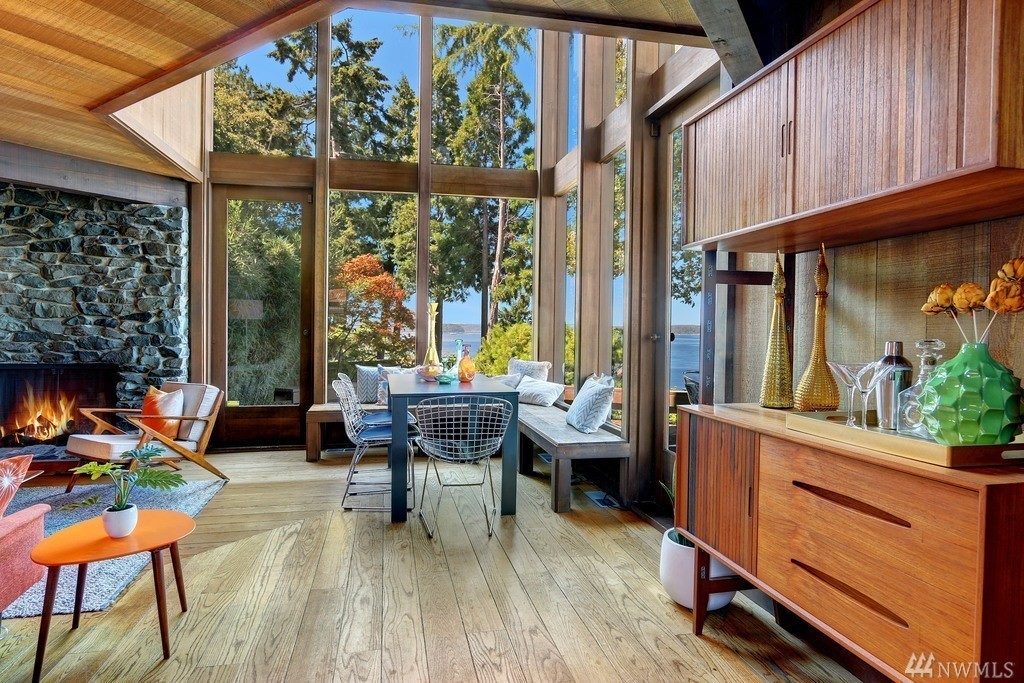
Photo via Heidi Ward
He was part of the movement to create a regional style of Modernism, a style that demonstrated the Pacific Northwest ethic of living with the environment. The style was known for extensive windows to celebrate the natural beauty of the land, as well as exposed wood frameworks. With so many trees around, why not celebrate them, too? He showed a preference for height in the structure. Whether to let in more light, reveal more of the views, or simply stand proud beside towering trees, some of his creations reach vertically rather than sinking horizontally into the landscape.
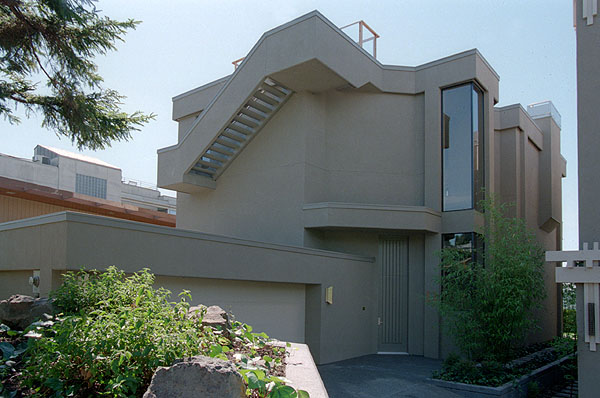
Maybe with all of his work on multi-story buildings, a tall two-story residence still seemed short.
As he learned, he taught. As he was mentored, he mentored. A suite of similarly important names spent at least some time working with Anderson in collaboration and exploration: Jim Olson, George Suyama, T. William Booth, etc. Despite his support for architecture and modernity, Ralph Anderson never joined the American Institute of Architects; but then again, maybe he didn’t need to.